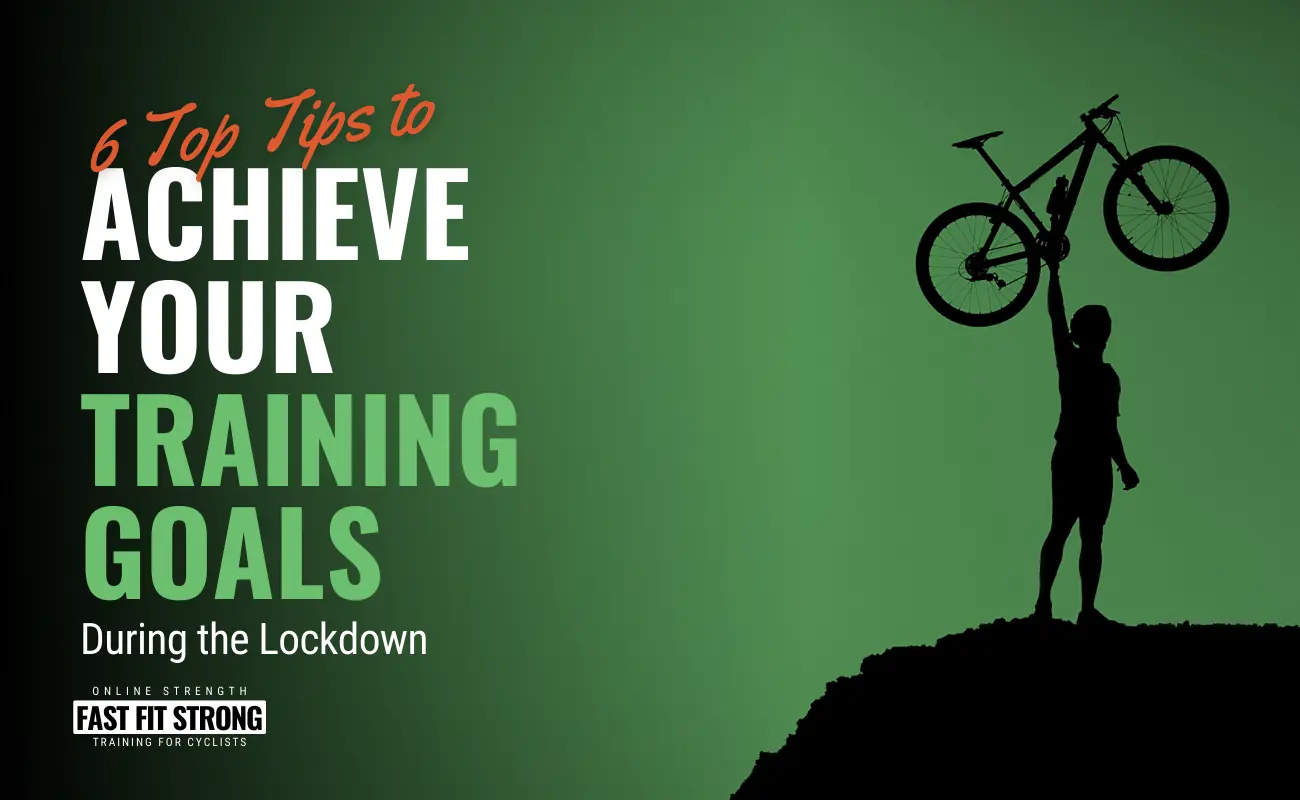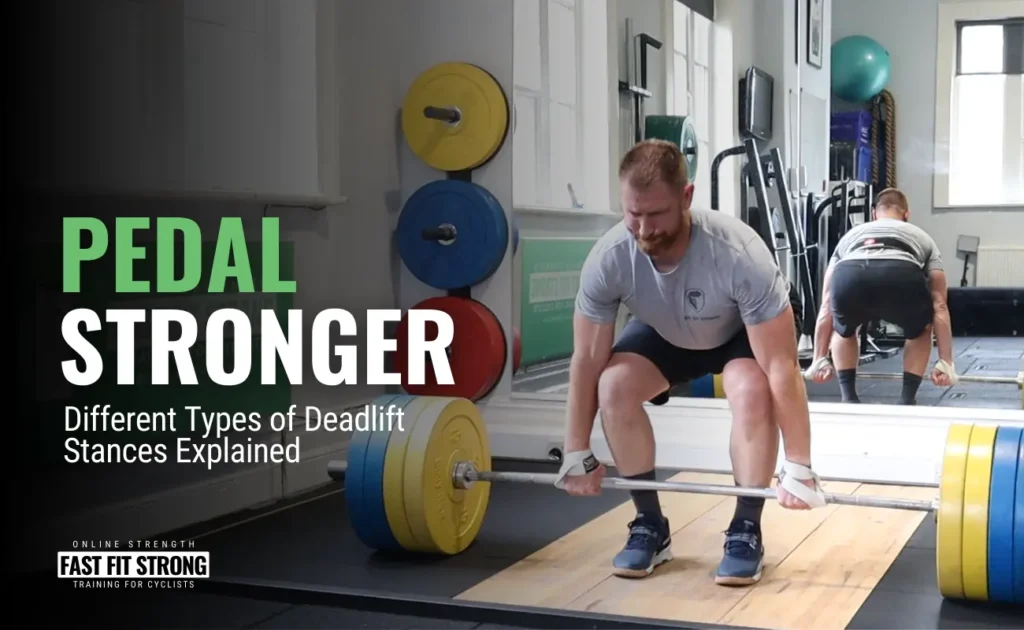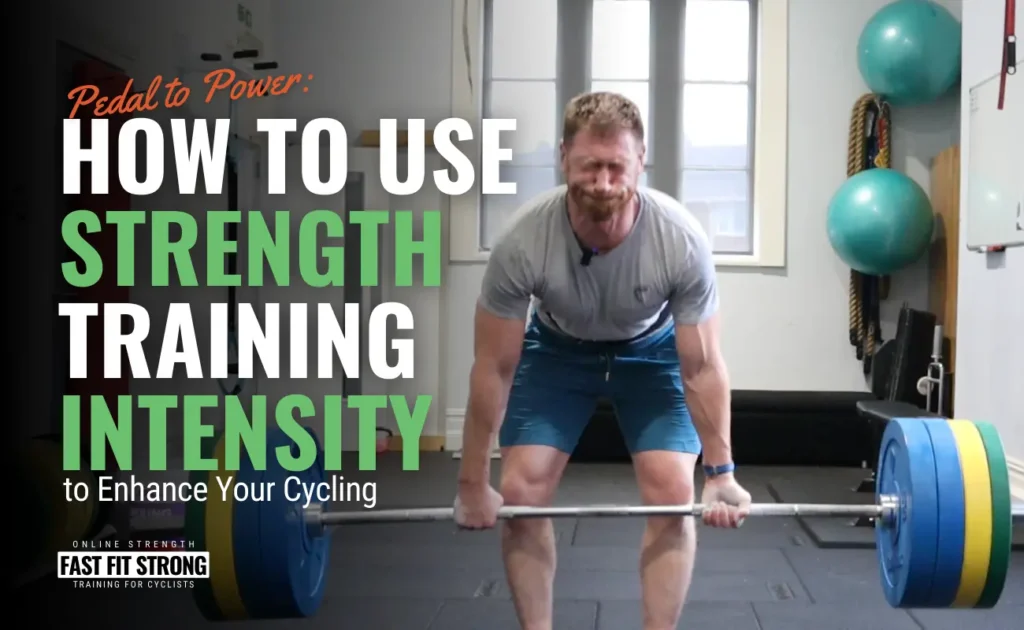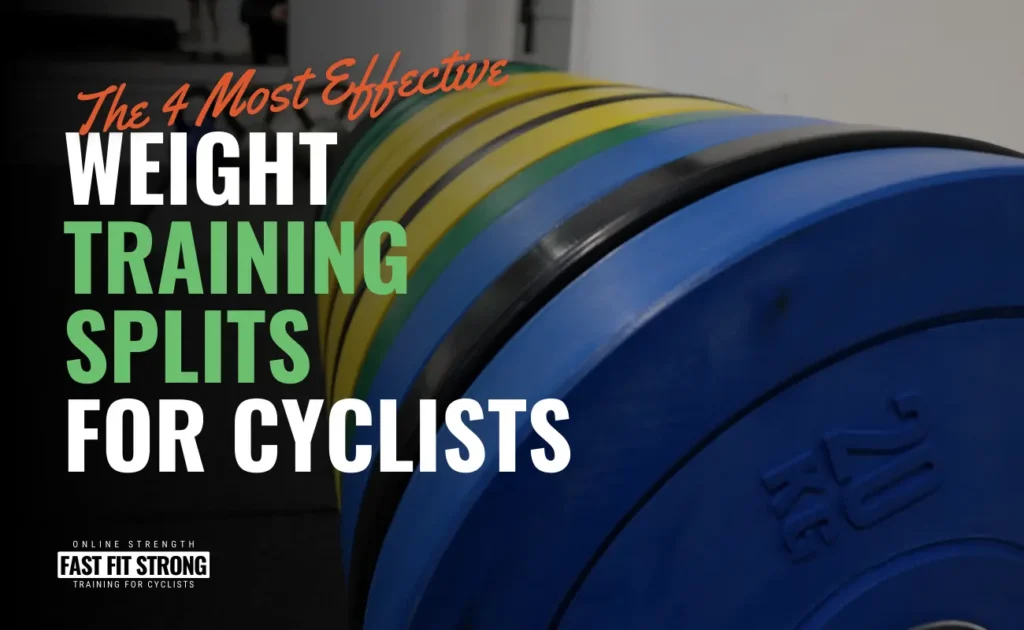I assume by the very fact that you’re reading this, you don’t need persuading of the benefits of having an off-bike training program. If, by any chance, you’re still not convinced, check this article out before you read the rest of this…As most of the world is still under some form of lockdown or movement restrictions, it’s easy to fall into a negative mindset and let your goals fall by the wayside. Here are six really useful tips to keep on track and smash your training goals (or any other kind of goals) of the park!!!
#1. Understand Which Training Goals You Want to Achieve (and why).
One thing that really grinds my gears is riders “working out” by doing completely useless counterproductive stuff that gives the illusion of training, when in reality only makes them tired. When the inevitable happens and they get injured, they blame off-bike training as a whole, not the stupid, useless nonsense they’ve been wasting their time pointlessly doing!!!
Every rider I’ve ever worked with wants some combination of the same stuff. To be faster and to be injured less. All chronic cycling injuries are caused by weakness and opposing tightness. For example, the number one cycling injury is lower back pain. 99% of the time, this is a product of weak glutes and tight hip flexors; sort these out and the back pain goes away. Magic!!
So the answer is simple…loosen tight areas and make the weak spots stronger. To get faster (no matter the distance), you need to be able to apply more power to the pedal. If you can apply more force to the pedal you’ll go faster. Again, simple!
If you’re capable of producing more force, working at lower intensities lets you cruise, while other riders flog away. This is called riding economy. Lifting weights has been shown to allow riders to save their energy and finish stronger in events over 3 hours long. Understanding the link between what you do off the bike and your performance on the bike is vital to keeping you motivated, avoiding needless injuries and wasting time on junk workouts!
#2: Have a plan
Just knowing why you’re doing what you’re doing is an enormous motivator, but it’s equally important to put it into action in a logical coordinated way. Reducing injuries, improving your pedalling efficiency and being able to produce more power requires strength.
Strength is developed by making muscles contract harder, which can be trained by lifting heavy weights. Brilliant! The only problem is that most riders have never stepped into a gym before or have some pretty serious movement dysfunctions. Asking your average rider to lift “heavy” is an accident waiting to happen. Injury is likely (sooner or later) and muscle soreness is inevitable the day after.
This is demotivating stuff. So, how do you get from where you are now, to where you need to be? Luckily, I’ve already done this for some of the worlds’ best cyclists. So if you’d like to follow the program I wrote for the British Cycling riders, follow this link and sign up.
#3: Remove any barriers.
I’m lucky to have a group of clients that have grown to love gym training and the feeling of being physically stronger, but for many riders, the idea of lifting weights is something that they feel they HAVE to do, rather than something they WANT to do. Understanding why you’re doing it goes a long way to reevaluating this belief, but it’s common for cyclists to see gym training as the bitter pill they’ve got to swallow so that they can achieve their goals.
Unfortunately though, trying to form a new habit purely based on willpower fails time and time again. It doesn’t work; you only need to look at my diet compared to the promises I make to myself to realise that!!!!
Like most people’s new years’ resolutions, you’re destined to fail unless you do something meaningful to create the habit. Here are a few tactics I use to change:
Plan in your calendar.
Writing something down (or even adding it to your google calendar) changes the vague into the concrete. Once it’s there treat it like any other appointment; plan around it.
Get your kit ready the night before.
If you’re anything like me when it’s in the balance whether you’re going to go through with a session or not can all too easily be derailed by something as silly as simply not having a pair of socks. Take those choices away. Get all your kit, food and anything else you’re going to need ready the night before. That way, all you have to do is pick up your bag and you’re halfway there…the more you have to think, the less likely it is you’ll get started. Make it so easy, you could do it in your sleep!
A dedicated area to train – don’t mix business & “pleasure”.
If you’re not fortunate enough to have your own home/garage gym, still try and dedicate a specific area as somewhere you do your training. This can be the shed, garden, spare room or even a designated corner of your bedroom. Just make where you live, where you work and where you train completely separate places. Have some fun with it; put up a poster or write motivational quotes to keep you going!
#4: Make yourself accountable.
Since starting my Lockdown Power-Up group, I’ve trained more times than I did in the previous 3-years! This is because I do all the sessions myself and post them in the group for members to follow along. I’ve made myself accountable to everyone in the group and I don’t want to let them down. From a personal perspective, it’s been brilliant for me.
Like anyone, there have been times when I really didn’t want to do a session, but the feeling I’d let people down drove me to do it. And I’m always glad I do. Making yourself accountable doesn’t need to be public like that. Simply telling someone that you’re in a training program and you’re going to be lifting 3x per week is often enough to do the job. Even better is working with someone else along the way…even being socially distanced is no excuse. Virtual options such as Zoom and Facebook Messenger Rooms let you train “together” and the good thing is, you’ll need to arrange a specific time in your calendars to do it!
#5: Modify and adapt to overcome.
Not being able to get into a gym has meant we’ve had to adapt how we train. Many riders simply took to their bike and radically increased their mileage almost overnight. A terrible plan and almost inevitable that injuries will happen; after all just riding a “normal” amount breaks most people. Others joined the Joe Wicks crew and did their daily “workout” without much thought to what they were doing or why. I’m sorry to say, doing more and more burpees won’t get you to where you want to be.
If you’re enlightened enough to be coached by me in one of my bespoke training packages, you’ll have the luxury of having all this planned out for you – just message me in TrainHeroic with what you need and I’ll modify everything for you. But in the unfortunate event you’re planning your own training here are a few things you can do to keep the intensity high and achieve your aims:
Change the angle.
The difficulty (and therefore intensity) of many bodyweight exercises can be increased or decreased simply by changing the line of pull. For example, doing a press-up with your hands on a table is very easy, with your hands on the floor is pretty hard, but with your hands on the floor and feet on the table is downright savage. This is because you’re pushing against more and more of your own bodyweight.
Slow things down.
Changing the tempo of an exercise is a fantastic way to level up the difficulty. Most conventional exercises use a 2-0-1-0 tempo. That is a two-count down (or lowering), no pause at the bottom, a one-count back up and immediately into the next rep. Deliberately slowing the tempo down can dramatically increase how hard exercises feel. This is because the TUT (time-under-tension) is massively increased and waste products (metabolites) can’t be removed from the muscles. You can slow the lowering, raising or both parts of the exercise. You can even stop completely by pausing at either the bottom of the movement or at the most difficult part (sticking point).
Reduce your base of support.
The more stable we are, the easier it will be to move a given weight and while I don’t care for “circus-like” stability exercises, lowering your stability by removing a point-of-contact is a great way to increase the intensity of any exercise. Try taking a hand off the ground when you’re doing a plank and you’ll know what I’m talking about!
Having to stabilise the body with only 3 points of contact rather than the usual 4 is significantly more challenging. This can be made harder still by narrowing your stance; bringing your feet closer together shortens your base and therefore requires more work to stabilise. Another (safe) method of doing this is by raising your centre of gravity. Doing a lunge with a bar on your shoulders, rather than holding dumbbells by your waist is more difficult because your centre of gravity is higher. This places a bigger challenge on your trunk and other stabilising muscles.
Increase the range of movement.
Adding range to an exercise increases the work done and usually has the added benefit of improving your joint mobility. For example, performing a full range squat, with hips below knees, involves far more effort than a partial squat where you only drop to a 90° knee bend. In most cases this is great…however, this obviously assumes that you can do it safely and in control.
If your back looks like a question mark when you’re doing those squats we have more to worry about than how low you go!!! Another option is emphasising a particular part of the exercise and a fantastic method of doing this is the one-and-a-half method. Here’s how you do it for let’s say…squats (can you tell they’re my favourite exercise?):
- Begin by standing (duh) and lower into the squat to your maximum safe depth.
- Raise up as normal, but stop at the midpoint.
- Lower back to your bottom position before standing all the way up again.
- Repeat all of that for your desired number of reps.
So, basically, you’re doing double the work in the bottom half!
Think outside the box.
At the end of the day, there’s just no substitute for getting something heavy and picking it up a few times. What that weight is, doesn’t actually matter. Your muscles don’t think, “that’s not a dumbbell, so I’m not going to adapt!”, so feel free to use whatever you can get your hands on to do the job. Now that you know why you’re training off the bike and what you need to do to make your body respond in the right way; you can use your ingenuity to manufacture a workable solution.
For example, I used the old, dirty sand from my son’s sandpit. We dried it and measured it out into heavy-duty rubble sacks, it was a fun activity. I can now put these 5kg mini sandbags into a larger bag or hold-all to make some pretty serious weights – I have up to 70kg and it cost me no more than £10…
#6: Celebrate your successes.
For me, one of the wonderful things about strength training is that there is always something you can be working on, always something to get better at. And the best part is, you’re not competing against anybody else; it’s just you. You don’t always have to measure yourself against how much weight you lift either; this won’t always happen – after a while you’ll plateau (although frustrating at the time, this is a sign that you’re improving). There are loads of other ways you can be getting better, such as…
- Doing more reps with the same weight.
- Achieving the same (whatever) in a shorter period of time.
- Increasing your ROM (i.e. squatting deeper).
- Performing all sets with better form.
As someone who’s worked in and around a gym environment for over 20-years, it’s taken me until recently to realise that simply doing SOMETHING is often a massive success. However you define it, make sure you reward yourself for your achievements, no matter how small you think they might be. Personally, I absolutely love it when my clients/athletes send me pictures or messages telling me about the progress they’ve made…after all, it’s why I do what I do.
Conclusion.
Remember; as an athlete, there’s always something you can do to keep pushing towards your goals. The hardest part is figuring out what those goals are and making the decision to do something about them. If your regular routine has been derailed by the current situation, use the stuff in this article to change, adapt and overcome. The worst thing you can do is nothing. The second worst thing you can do is CrossFit.




